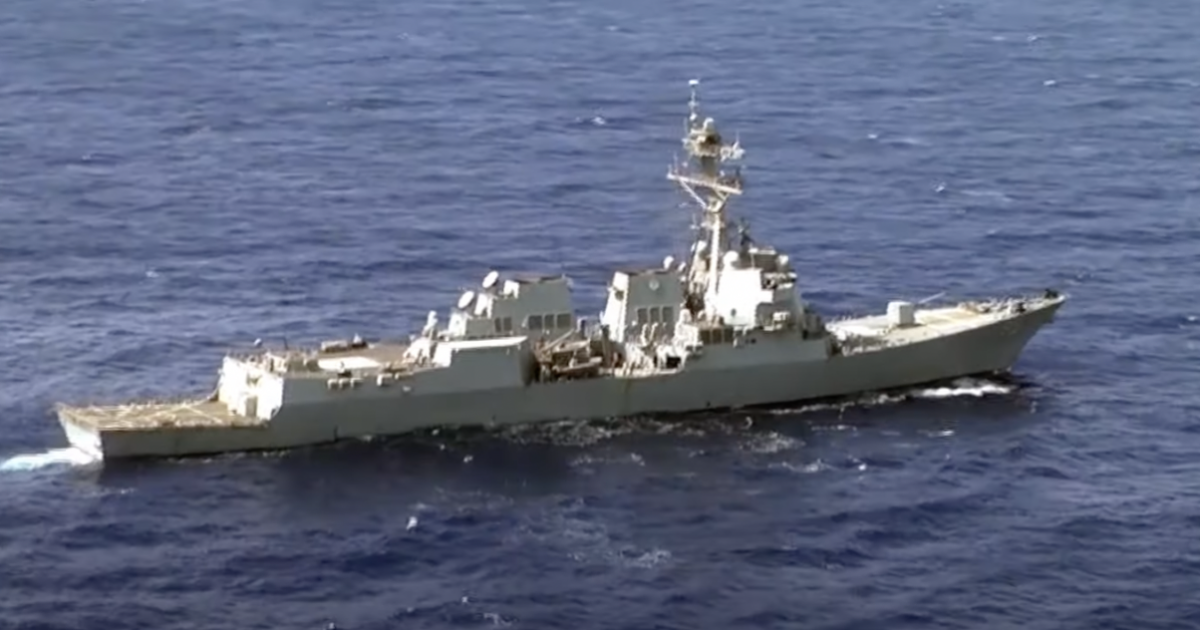
Following a three-month operation in the Pacific and Caribbean, the US Coast Guard was able to seize 27 tons of cocaine.
Edmund Wackerman of InSight Crime, highlighted how this is a “massive haul that underscores how maritime drug flows and cocaine production remain at all-time highs.”
The seizure of cocaine and a half a ton of marijuana had a retail street value of roughly $1.4 billion. According to a recent press release, this drug seizure was “the largest illegal narcotic offload in Coast Guard history.”
This three-month operation ended in early August and involved 10 ships stopping more than two dozen vessels suspected of engaging in drug smuggling operations in international waters off the Pacific coasts of Central and South America and Mexico, in addition to the Caribbean. The Dutch and Canadian navies teamed up with the US to run this operation.
According to Coast Guard Captain Todd Vance, the number of drugs dropped off at Port Everglades in Florida on August 5 ended up being more than double the total of drugs interdicted at sea in fall 2020. The Coast Guard website noted that this branch of the armed forces is the one body that is responsible for over half of the cocaine seizures made by US authorities.
In recent times, the Coast Guard carried out another offload of three tons of cocaine back in June. On top of that, it conducted a series of three interdictions in February.
The Coast Guard’s record-breaking drug seizures comport with the reality of current drug trafficking trends, which see traffickers transitioning to maritime routes to transport drugs stockpiled during the Wuhan virus pandemic.
The current pandemic has not put a dent in drug production. According to the Insight Crime report, South American cocaine production maintains its upward course. The US Office of National Drug Control Policy (ONDCP) revealed that cocaine production grew in Bolivia, Colombia, and Peru in 2020. Per the estimates from a United Nations Office on Drugs and Crime (UNODC) report, Colombia’s manufactured cocaine output reached a high of 1,228 tons, which represented an 8% increase from 2019.
Furthermore, traffickers have adapted to the closure of land borders throughout the pandemic by shifting their focus towards maritime smuggling. Wackerman noted that this consists of “loading cocaine in shipping containers on commercial vessels, as well as in “go-fast” boats and submarines.“ Notable maritime seizures have taken place in countries such as Costa Rica, Colombia and Ecuador in 2021.
In addition, criminal organizations are trimming down their stockpiles of cocaine as countries have eased their Wuhan virus restrictions. According to a 2021 UNODC World Drug Report, Puerto Rican authorities blamed a series of large confiscations on criminal organizations transporting large inventories of cocaine. Similarly, Central America is experiencing an uptick in maritime drug trafficking. Countries like Honduras and Panama are set to experience record-breaking levels of cocaine seizures by the end of 2021.
The US government’s increased drug-busting operations represent a policy shift undertaken by the previous Trump administration, which instructed US Southern Command to deploy a phalanx of naval vessels that included warships to combat drug trafficking. The most recent operations were a tad more restrained and featured mostly Coast Guard cutters and smaller combat vessels.
In all honesty, these recent measures by the US government are far more legitimate for defending US national interests than the rest of the US’s excursions abroad which only serve the interests of a detached foreign policy class that is zonked out on delusional foreign policy tropes.
Ideally, the US would have a foreign policy that’s exclusively centered on the Western Hemisphere and not getting into other Great Power’s geopolitical backyards. Such a vision can only occur with a new elite that operates under the foreign policy premises of realism and restraint.



